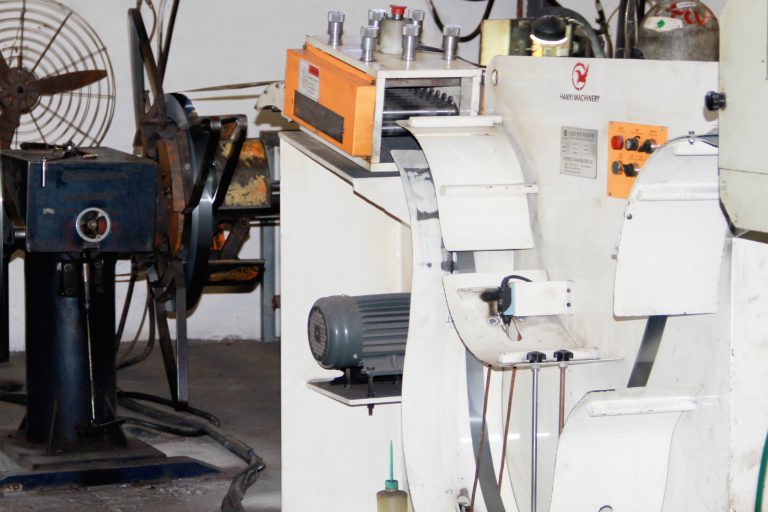In the realm of new energy motors, the rotor stands as a familiar yet pivotal component, playing a crucial role in the seamless operation of these innovative power sources. This vital element acts as the receiver of forces transmitted by the connecting rod, transforming them into torque and, in turn, channeling this energy through the transmission shaft to propel the new energy motor into action.
Table of Contents
The Core Functionality of New Energy Motor Rotors
The fundamental function of a new energy motor rotor lies in its ability to convert the force received from the connecting rod into torque, a force that is then harnessed and directed through the transmission shaft. This process is the driving force behind the operational efficiency of new energy motors, making the rotor a linchpin in their functionality.
Forces at Play: Understanding Rotor Dynamics
The new energy motor rotor is subject to the collaborative effects of centrifugal forces from rotating mass, cyclically changing gas inertia forces, and reciprocating inertia forces. These dynamic forces collectively impose bending and torsional loads on the rotor, emphasizing the need for specific qualities to ensure optimal performance.
Key Requirements for New Energy Motor Rotors
- Strength and Rigidity
- The rotor must exhibit sufficient strength and rigidity to withstand the centrifugal forces induced by its rotational mass, ensuring durability and reliability in operation.
- Wear Resistance
- The surface of the rotor’s axis must be wear-resistant, guaranteeing longevity and sustained performance over extended periods of use.
- Uniform Operation
- Maintaining uniformity in the rotor’s operation is essential for consistent and efficient energy conversion, contributing to the overall reliability of the new energy motor.
- Balanced Performance
- Achieving a balanced rotor is critical to minimizing vibrations and ensuring smooth operation, enhancing the longevity of the motor and its connected components.
Meeting the Demands: Crafting High-Performance New Energy Motor Rotors
Manufacturers in the new energy sector, recognizing the intricate demands placed on motor rotors, employ advanced engineering techniques to meet these requirements.
Advanced Materials and Construction
Cutting-edge materials with enhanced strength and durability are employed in rotor construction, ensuring the component can withstand the demanding forces it encounters during operation.
Precision Machining for Wear Resistance
Rotors undergo precision machining processes to create wear-resistant surfaces on their axis, guaranteeing a prolonged lifespan and reducing the need for frequent maintenance.
Dynamic Balancing for Operational Harmony
Manufacturers prioritize dynamic balancing techniques, fine-tuning each rotor to minimize vibrations and enhance overall operational harmony, contributing to the longevity of the entire new energy motor system.
Conclusion: Elevating New Energy Motor Efficiency
In conclusion, the significance of the rotor in new energy motors cannot be overstated. Its role in converting forces into torque, driving the motor’s operation, makes it a critical component. As the industry advances, manufacturers like Youwei, specializing in rotor production, are at the forefront, ensuring that new energy motor rotors meet and exceed the demanding requirements of strength, rigidity, wear resistance, and operational balance.
FAQs
- Why is the rotor crucial in new energy motors?
- The rotor is essential in new energy motors as it converts forces into torque, driving the motor’s operation and contributing to its overall efficiency.
- What forces affect the new energy motor rotor?
- The rotor is subject to centrifugal forces from rotating mass, cyclically changing gas inertia forces, and reciprocating inertia forces, collectively imposing bending and torsional loads.
- How do manufacturers ensure rotor durability?
- Manufacturers employ advanced materials, precision machining for wear resistance, and dynamic balancing techniques to ensure rotor durability and longevity.
- What is the role of wear resistance in rotor construction?
- Wear resistance is crucial in rotor construction to guarantee a prolonged lifespan and reduce the need for frequent maintenance, contributing to the overall reliability of the new energy motor.
- How does dynamic balancing contribute to rotor performance?
- Dynamic balancing minimizes vibrations, ensuring smooth operation and enhancing the longevity of the new energy motor system.

